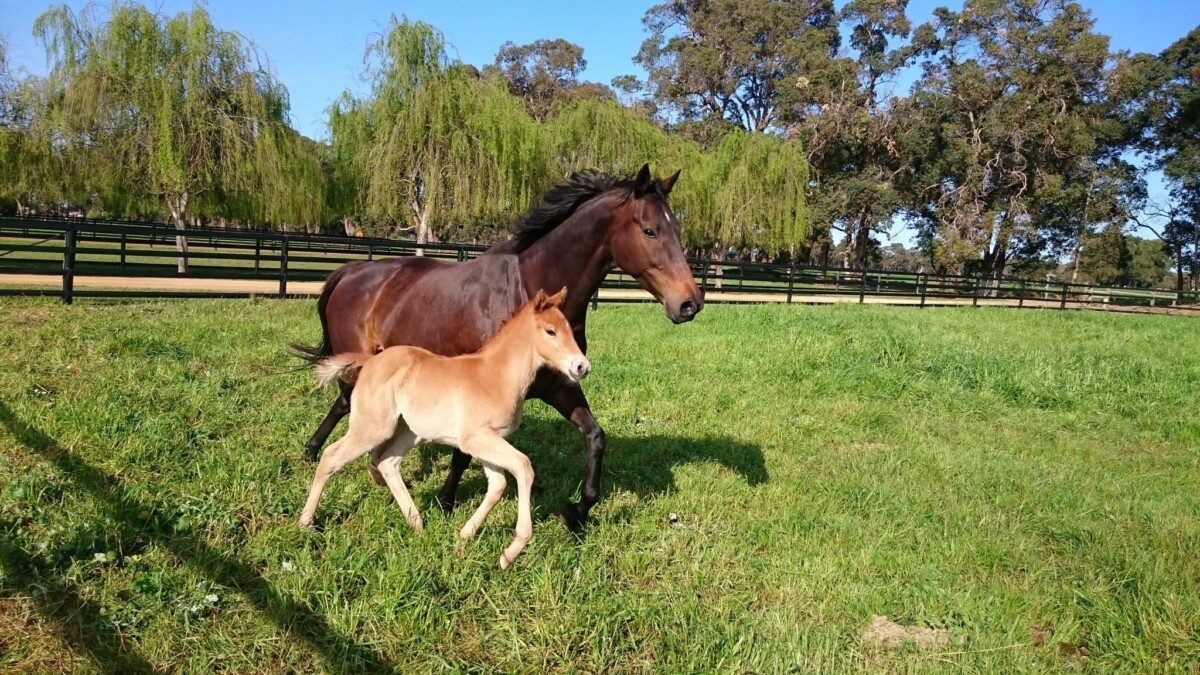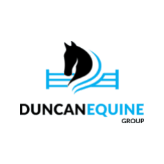Whether you’re breeding racehorses or ponies, you still want the best for your new arrival. We all want our investment born healthy and safely and kept as safe as could be for the rest of its life. This is why so many breeders are now installing Stallion Rail Foaling paddocks.
We are looking forward to our foals being born this year. We’ve seeded and locked up our nine foaling paddocks in preparation and even though it can be a nerve-wracking time, we know many breeders are now preparing their property for their impending arrivals.

Why do you need safe foaling paddocks?
Foals are so new to the world their first few hours are wobbly and can be accident prone. They fall over and over as they learn to use their unsteady legs. This can be a dangerous time especially near fences. Wire and timber fencing can cause significant damage to delicate limbs.
Different Mesh products have been recommended over the years. However, foals’ hooves can be tiny and easily fit through the gaps. We have heard of foals losing their hooves in some types of mesh fencing. Timber does not have any give or flexibility and can splinter and become dangerous.
Stallion Rail Foaling Paddocks
Stallion Rail is a good safe option. Stallion Rail is flexible and supportive and with the electrifiable Stallion Rail Ultra and Stallion Rail Extreme is a safe way to teach foals to respect the fences if they accidently touch it. Using 4 rails means a smaller gap between the rails, while also giving an extra rail for support if your little foal does happen to fall into it. Foals love to sleep close to fences (it’s an amazing and frustrating phenomenon) and they can accidently roll into or sneak their head under, so the flexibility of the rail really is a good safe choice.
It is ideal to have foaling paddocks fairly small, we like ours around 40m x 40m. The mare needs to be able to walk and pace and easily get herself up and down and preferably not foal to close to the fence. Depending on your property size, we often recommend more than one foaling paddock. This means you can rotate and if you are foaling down more than one mare, you have another delivery ward!
Foal Safe Gates
Gates are also very important. Standard old farm gates have quite large gaps in the mesh and foal legs can go all the way through which really isn’t ideal. Choosing a gate with good height, sits close to your posts and small mesh is wise.
Catching Pens
We love catching pens! A small yard inside your paddock, anywhere from 4m x 4m to 8m x 8m is super handy. It can be used for so many other things besides just a catching pen. We use ours for the farrier, for confinement when a stable is not ideal, for the vet, for feeding separately even for weaning. It really is something to look at when planning your paddocks.
Shade
Shade is very important and this is a matter of budget and preference. Whether it be trees or a solid shelter it is up to you, even though foals seem to prefer to sleep in the hottest spot in the paddock.
Paddock Feeders
Lastly, are your feed bins adequate? Are they safe? Are they big enough? Lactating mares need to be fed well and as her foal grows and shares with her the feed may need to increase to meet their needs. Have a look at our super new paddock feeders, they may be just what you’re looking for.













